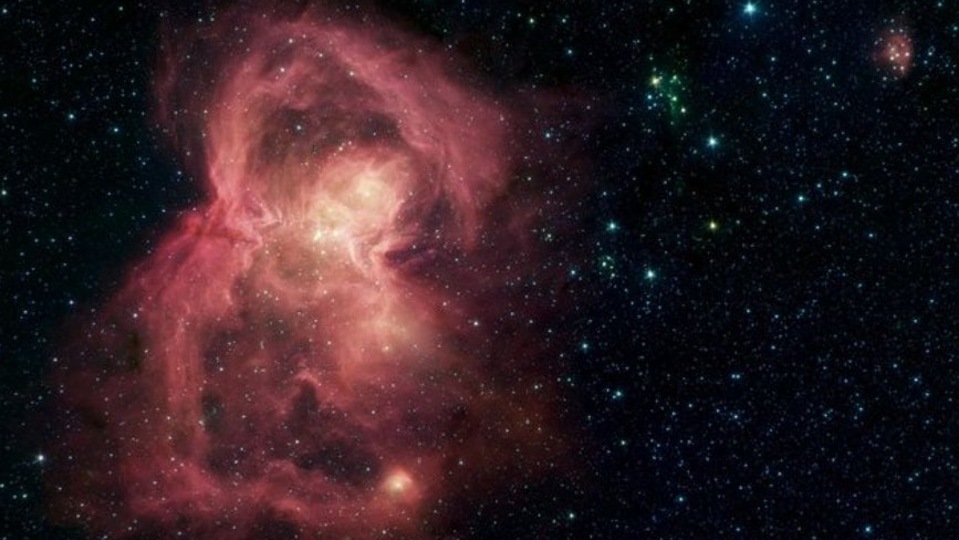James Webb Space Telescope just unraveled mystery of vanishing neon, NASA says
James Webb Space Telescope's latest findings reveal surprising changes in planet-forming disks, challenging assumptions about planetary birth timelines and highlighting the dynamic nature of cosmic nurseries.

In a groundbreaking revelation, the James Webb Space Telescope (JWST) has observed a significant transformation in a planet-forming disk, shedding light on the fleeting nature of these cosmic nurseries. NASA says that unlike traditional observations that capture planetary disks as static snapshots over vast timescales, the James Webb Telescope has offered a dynamic glimpse into the evolution of one such disk.
The Neon Puzzle Unveiled
Back in 2008, researchers led by Catherine Espaillat, then at the University of Michigan and now at Boston University, detected a distinctive infrared emission line associated with doubly ionized neon ([Ne III]) in the planet-forming disk encircling the young star SZ Chamaeleontis (SZ Cha) using NASA's Spitzer Space Telescope, Space.com reported.
Initially deemed an anomaly, the presence of [Ne III] indicated a shift from the typical X-ray radiation bombardment experienced by such disks. Instead, extreme ultraviolet (EUV) radiation seemed to dominate the SZ Cha system, suggesting a less rapid disintegration of the disk compared to X-rays, Space.com said.
However, follow-up observations in 2023 using the Webb Telescope's Mid-Infrared Instrument (MIRI) unveiled a surprising development. The doubly ionized neon had substantially diminished, signifying a shift back to X-ray radiation as the predominant force in the SZ Cha system. This discovery challenges previous assumptions about the timescales within which planets must form before their birth disk dissipates.
"In computer models of developing systems, extreme ultraviolet radiation allows for one million more years of planet formation than if evaporation is predominantly caused by X-rays," explained Thanawuth Thanathibodee from Boston University.
This revelation could reshape our understanding of the critical window during which planets take shape before their nurturing disk vanishes.
Complementary ground-based observations using the CHIRON spectrometer revealed "blueshifted" hydrogen-alpha emissions linked to the SZ Cha system. This shift suggests a stellar wind, possibly variable, emanating from the star and influencing the radiation dynamics in the surrounding planet-forming disk.
As scientists plan further investigations with the James Webb Telescope and other observatories spanning the electromagnetic spectrum, the SZ Cha system holds the key to unraveling the complex interplay between stellar winds, radiation, and the lifespan of planet-forming disks.
Catch all the Latest Tech News, Mobile News, Laptop News, Gaming news, Wearables News , How To News, also keep up with us on Whatsapp channel,Twitter, Facebook, Google News, and Instagram. For our latest videos, subscribe to our YouTube channel.
































